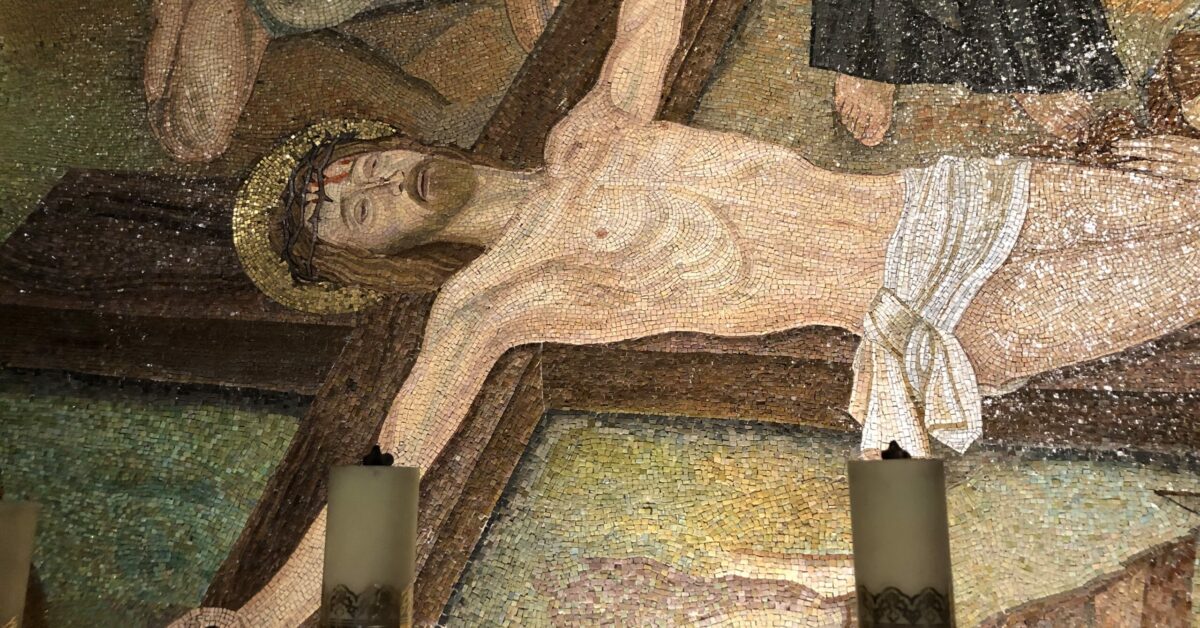“Why do we call it good?”
Several decades ago, one Wednesday evening after a particularly difficult session with a singularly unruly class, the devout lay woman and long-time teacher for fifth- and sixth-grade confirmation instruction at our church had had enough; she quit. Feeling called (reluctantly, like Jonah) to step into the role and finish the school year, I took up my cross and entered the classroom the following Wednesday.
My only clear memory of those weeks as their confirmation teacher was this question posed by Douglas, a pistol of a kid who was rarely engaged in the material and was prone to disruptive behavior: “If it’s the day Jesus died, why do we call it good?” Not one to think quickly in such a situation, all I could say was, “That’s an excellent question, Douglas.” A profound one, indeed. If I were to meet Douglas today, I might answer him with several stanzas from the Holy Week hymn by Venantius Honorius Fortunatus (c. 530-609).
Sing, my tongue, the glorious battle; sing the ending of the fray.
Now above the cross, the trophy, sound the loud triumphant lay;
Tell how Christ, the world’s Redeemer, as a victim won the day.
+++
God, in mercy saw us fallen, sunk in shame and misery,
felled to death in Eden’s garden, where in pride we claimed the tree;
then another tree was chosen, which the world from death would free.
+++
Faithful cross, true sign of triumph, be for all the noblest tree;
None in foliage, none in blossom, none in fruit your equal be;
Symbol of the world’s redemption, for your burden makes us free.
+++
Lutheran Service Book #454, stanza 1; Evangelical Book of Worship #355, stanza 2; Lutheran Book of Worship #118, stanza 4
If I were back in that fifth- and sixth-grade classroom this week, I might point out to Douglas and the whole class the paradoxical nature of the cross, first leading them to an understanding of the cross as symbol of shame and brutal form of capital punishment wielded by the Roman Empire, and then to deeper knowledge of the cross as a “true sign of triumph,” and as a “symbol of the world’s redemption.” I would pray that as Spring brings forth foliage, blossom, and fruit on the many trees lining their streets and in their yards, parks, and orchards, they would compare those to the noblest of trees, the cross, noblest because of the “burden” it bore—the scourged body of Jesus, whose death “makes us free.”
+++++++
Photo by Rhoda Schuler; Church of the Holy Sepulchre, Old City of Jerusalem; mosaic behind altar in the Latin Chapel of the Crucifixion; Jesus being nailed to the cross; March 5, 2023.
